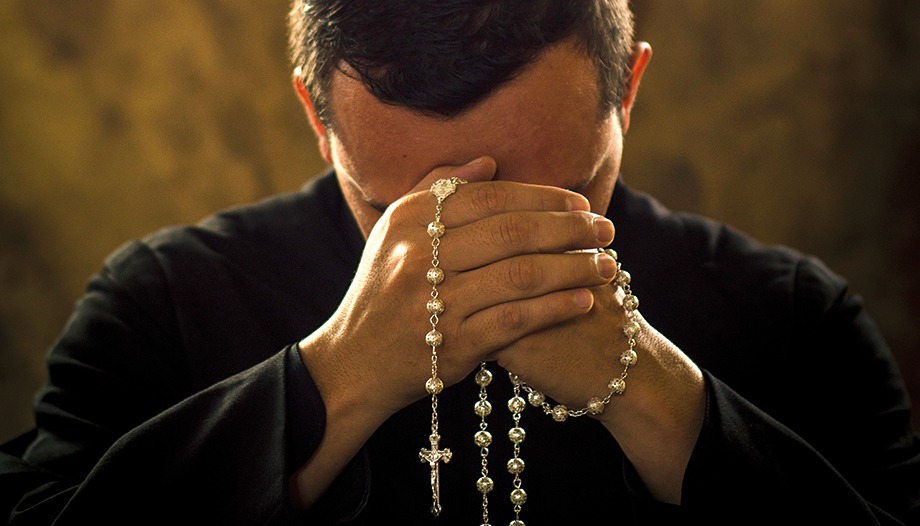Some see priestly celibacy as an unhealthy repression of sexual impulses, and consider that this would encourage a tendency among clergy to abuse sexually. But sexual abuse is no more frequent among celibate Catholic clergy than in other lifestyles.
Most child sexual abuse happens in the family and at home (70-90 %), committed by family members. The extra-familial (around 20 %) are perpetrated by babysitters, teachers, therapists, monitors, coaches, group or spiritual leaders of any cult and friends of the family.
– Supernatural ANAR foundation in his studio Sexual abuse in childhood and adolescence according to those affected and its evolution in Spain (2008-2019) shows that only 0.2 % of the abuses correspond to priests, compared to 23.3 % for parents. Most child molesters are heterosexual males with a partner, from the family or social circle of the abused, and act in the middle stage of life (30-50 years).
The motivation for the abuse would be pedophilia in 25-50% of the cases. It is also related to problems of psychological or social origin: stress, relationship problems, lack of availability of an adult partner, depression, alcohol or drug abuse, increased sexual desire, antisocial personality traits, impulsive lack of control and mild mental retardation.
There is no evidence of a higher prevalence of sexual abuse in Church activities compared to other institutional contexts involving minors. This is not to downplay the importance of inappropriate behavior by some clergy, but to point out that there is no data to indicate that celibacy is the source of the problem. It cannot be affirmed that celibacy and pedophilia have a causal relationship. We can affirm that when a priest abuses, the gravity is greater because of his responsibility and because of the consequences of the fact that it is precisely a minister of Christ who is the abuser.
The abuses committed by clerics are especially sonorous and produce a media scandal that is painful and necessary to generate a change, and that many victims can finally communicate the pain, anguish, anger and shame after so many years.
The risk factors for pedophilia are temperamental, antisocial behavior, lack of relationships with peers, interest in younger people because they are weaker, passive personality traits, closed, dependent, falsely docile and remiss, but in reality concerned with pleasing superiors and keeping one's own insecurities secret. It is also influenced by traumatic experiences, genetic and physiological factors due to neurodevelopmental alterations.
According to the John Jay Report (JJR), the percentage of accused priests is similar to that of clerics of other religions who do not live celibacy and, those who had committed sexual abuse, did not live chastity. 50-70 % of the accused priests had had sexual relations with adults after ordination (JJR).
The second edition of the JJR (2011) concluded that only "confused" sexual identity was correlated with an increased likelihood of committing abuse, homosexual behaviors were not. The report prepared by Sullins (2018) for the Ruth Institute, noted that there is indeed a strong correlation between homosexuality in the clergy and clergy abuse. Also Prusak (2020) suggests that the perpetrators of abuse among Catholic clergy are often homosexuals.
The indications of the Catholic Church regarding the non-admission to holy orders of persons with paraphilias, disordered sexual behavior, personality disorders or other pathologies that may hinder their service to people, are clear and firm.
According to various studies on sexual abuse in the Catholic Church, the abusers are men; the majority of priests are between 29 and 72 years old; average age is 50 years; the highest percentage of victims and aggressors were men. Abusers showed the following psychological characteristics: emotional and/or sexual immaturity (29.6%), personality disorder (21.6%), pedophilia (17.7%), alcohol abuse (13.1%), deviant behaviors (9.8%), passive behavior (5.8%), others such as anxiety, panic attacks, paranoia and hypochondria (3.4%). There are no comparable data on these characteristics in other institutions.
It seems, therefore, that priests who abuse are those who do not live their celibacy coherently and that a well-integrated celibacy would prevent abuse. Thus, the investment would be to promote that priests, like married people, live in a congruent way, their own decisions.







